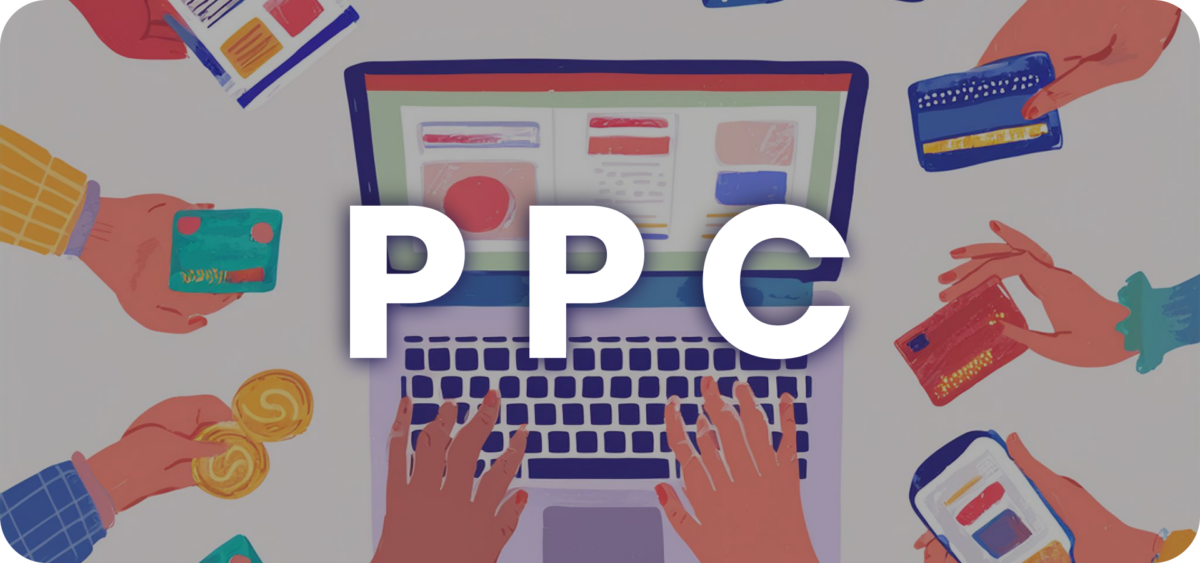
Understanding Pay-Per-Click
PPC boosts products via search engines and media, making it key in digital marketing. How does it work?
Pay-Per-Click (PPC) is an online advertising model where advertisers pay only when users click on their ads. This model is integral to contextual advertising, where ads are tailored to user behavior and preferences, ensuring they reach the most relevant audience.

What is the PPC Model?
Pay-Per-Click (PPC) is an online advertising model where advertisers pay only when users click on their ads. This model is integral to contextual advertising, where ads are tailored to user behavior and preferences, ensuring they reach the most relevant audience.
How Does PPC Work in Contextual Advertising?
Contextual advertising displays ads based on various factors, including:
- User search queries
- Search history
- Purchase history
- Browsing habits
- Interests and subscriptions
- Webpage content where the ad appears
For example, if a user has been searching for laptops, they are more likely to see ads for laptops. This targeted approach increases the likelihood of conversions and ensures that advertising budgets are spent effectively, as advertisers pay only for actual clicks.
Understanding Advertisements in PPC
When users search for keywords related to a product or service, search engines display relevant links on the search engine results page (SERP), some of which are paid ads marked as advertisements. On social media platforms like Facebook, TikTok, or LinkedIn, ads are shown to users based on criteria such as gender, age, interests, and browsing history, seamlessly integrating into their feeds.
Cost Per Click (CPC) and Auctions in PPC
The cost per click in PPC is primarily determined through an auction system. Major platforms like Google Ads, Meta Ads, LinkedIn Ads, and others use this system to decide ad placement and cost. Factors influencing the auction include:
- Bid amount
- Ad quality and relevance
- Expected click-through rate (CTR)
- Landing page quality
- User search context
Each ad in the auction receives an Ad Rank, which helps determine its placement and cost. The formula for CPC involves dividing the Ad Rank of the next highest competitor by your ad’s quality score, plus a nominal amount.
Bidding Strategies in PPC
Setting the right bid strategy is crucial for PPC success. The main strategies include:
Choosing the right strategy depends on your campaign goals and budget.
Who Receives the Payment?
Advertisers pay the platform providers, also known as ad publishers, for their services. These digital platforms help businesses manage and optimize their advertising campaigns. Popular PPC platforms include:
- Google Ads
- Microsoft Ads (Bing Ads)
- Meta Ads (Facebook & Instagram)
- LinkedIn Ads
- Amazon Advertising
- Twitter Ads
- TikTok Ads
- And more
Other Online Advertising Payment Models
Besides PPC, other models include:
- CPM (Cost Per Mille): Pays for every 1,000 ad impressions.
- CPA (Cost Per Acquisition): Pays for specific actions, like purchases or sign-ups.
- CPI (Cost Per Install): Common in mobile marketing, pays for each app installation.
- CPL (Cost Per Lead): Pays for each lead generated, such as form submissions or newsletter sign-ups.
Choosing the right model depends on your business goals and target audience. For example, CPM is ideal for increasing brand awareness, while CPA focuses on driving specific actions.
In conclusion, PPC advertising offers a cost-effective way to reach a targeted audience and drive conversions, making it a valuable tool for businesses looking to enhance their online presence.

